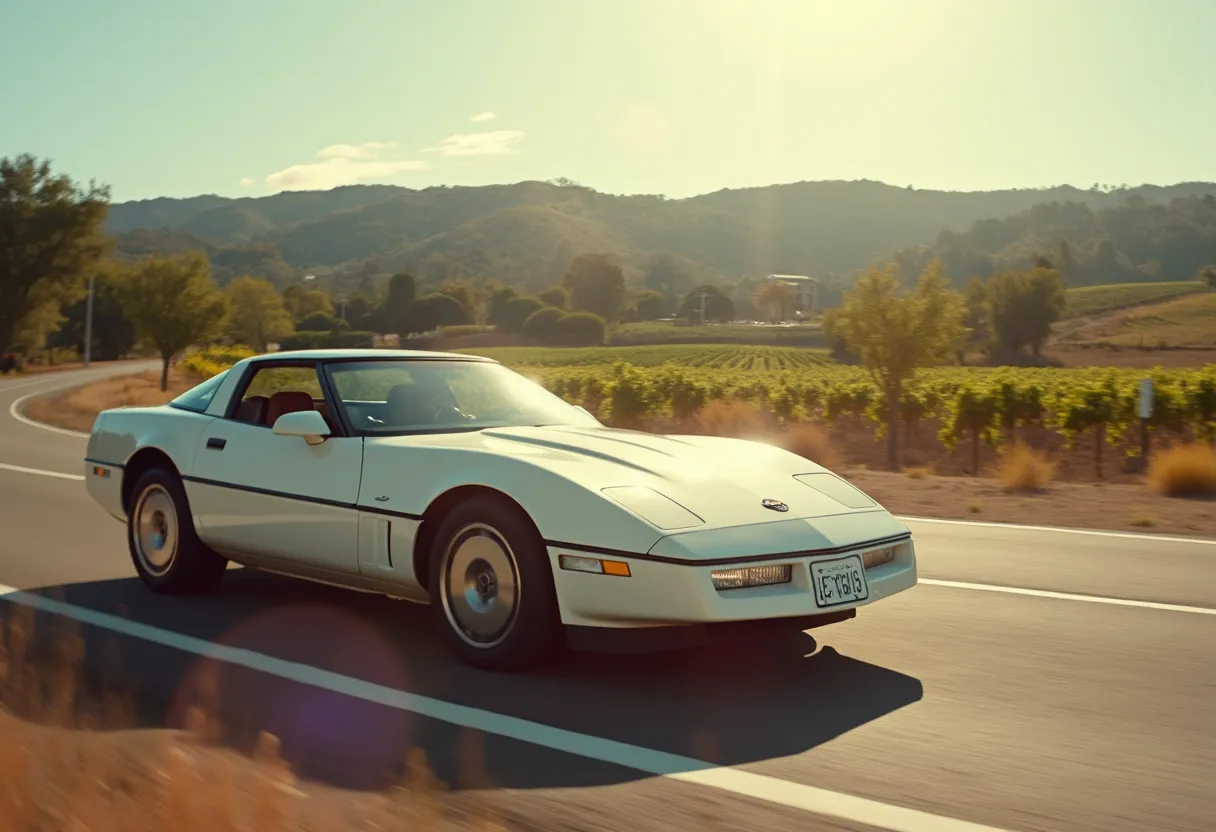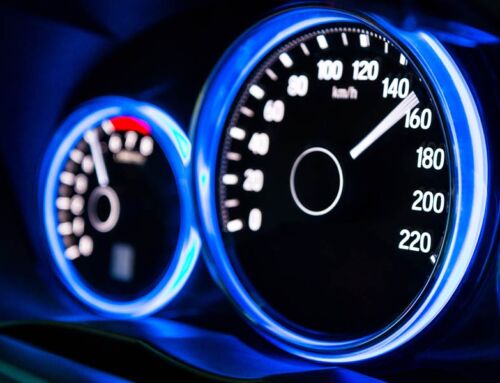For vehicle enthusiasts and collectors in Sonoma County and beyond, the Chevrolet Corvette represents American automotive excellence. Yet there’s a curious gap in this iconic car’s production history that fascinates auto enthusiasts and restoration specialists alike: the absence of a 1983 model year. As your local auto body experts, we often field questions about rare vehicles and restoration possibilities, with the missing 1983 Corvette being among the most intriguing automotive mysteries.
| Topic | Key Points |
|---|---|
| Production Delay Factors | Engineering challenges, quality control issues, emissions requirements |
| Technical Innovations | New C4 platform, digital dashboard, improved aerodynamics |
| Collector Impact | Increased value for 1982 and 1984 models, restoration interest |
| Historical Significance | Represents major transition period in American automotive manufacturing |
The Planned Transition That Never Happened
The story of the missing 1983 Corvette represents one of the most significant transitions in American automotive history. Chevrolet had ambitious plans to revolutionize their flagship sports car with the fourth-generation (C4) Corvette. Originally scheduled for release as a 1983 model, this completely redesigned vehicle would replace the aging C3 platform that had been in production since 1968.
According to the National Corvette Museum
, Chevrolet actually built 43 prototype 1983 Corvettes for testing and development purposes. However, a perfect storm of challenges prevented these vehicles from ever reaching dealership showrooms. The combination of stringent new emissions requirements, quality control issues, and the ambitious scope of engineering changes created insurmountable delays.
The transition from C3 to C4 wasn’t simply a cosmetic upgrade—it represented a fundamental reimagining of what the Corvette could be. Engineers faced the difficult task of creating a more fuel-efficient, aerodynamic vehicle that could still deliver the performance Corvette owners demanded. These substantial changes required more testing time than the production schedule allowed, ultimately pushing the launch to the 1984 model year.
Behind the Engineering Challenges
The delay of the 1983 Corvette stemmed primarily from Chevrolet’s commitment to creating a truly revolutionary vehicle rather than rushing an inferior product to market. This approach to quality and innovation mirrors our own philosophy at Downtown Autobody when handling auto body repair services for high-performance vehicles.
The engineering team encountered multiple challenges during development, including:
- Emissions compliance issues that required significant powertrain modifications to meet increasingly strict federal regulations
- Manufacturing process changes necessitated by the new fiberglass body construction techniques and dimensional specifications
- Integration of electronic systems that were cutting-edge for the time, including the digital dashboard and early computer management systems
- Structural integrity concerns that emerged during rigorous testing, requiring additional reinforcement in key areas
- Supply chain complications affecting the availability of critical components from vendors
By April 1983, General Motors made the difficult decision to cancel the 1983 model year entirely, choosing instead to launch the new design as an early 1984 model. This allowed engineers more time to perfect the revolutionary redesign while maintaining Chevrolet’s quality standards. The 1984 Corvette would ultimately debut in March 1983, technically making it a 1984 model despite being released during what would have been the 1983 model year.
The Legacy of Absence
The non-existent 1983 Corvette has had a fascinating impact on Corvette collecting and restoration. Three decades later, this production gap creates unique restoration challenges and opportunities. In our experience working with classic vehicle owners at Downtown Autobody, we’ve observed how this absence affects the collector market.
The missing model year has created several noteworthy effects:
- Late-production 1982 Corvettes saw increased collector value as the final examples of the C3 generation
- Early 1984 models (particularly those produced in 1983) gained special significance as the first C4 Corvettes
- Restoration parts availability became concentrated around the 1982 and 1984 model years, creating supply gaps for transitional components
- Documentation and technical information for this transition period became highly sought after by restoration specialists
- The mystique surrounding the 1983 non-production year added cultural significance to Corvette history
Only one authentic 1983 Corvette survives today – a white prototype that escaped the crusher and is now permanently displayed at the National Corvette Museum in Bowling Green, Kentucky. This sole survivor serves as a tangible connection to what might have been and represents an important piece of automotive history.
For collectors in Sonoma County looking to maintain valuable Corvettes from this era, working with certified auto body specialists is essential. Whether you own a late C3 or early C4 model, proper restoration techniques and authentic materials help preserve both the vehicle’s appearance and its value.
Engineering Challenges
Emissions compliance and manufacturing changes delayed production.
Technical Innovations
Introduction of a new platform with digital features and aerodynamics.
Collector Impact
Increased value for surrounding model years and heightened interest.
Lessons for the Modern Auto Industry
The story of the missing 1983 Corvette offers valuable insights for today’s automotive industry and vehicle owners. In our work providing Chevrolet auto body repair and services, we see parallels between Chevrolet’s quality-first approach and modern expectations for vehicle restoration and maintenance.
The decision to delay rather than compromise on quality demonstrates a commitment to excellence that resonates with our approach at Downtown Autobody. When we restore classic vehicles or repair modern ones, we prioritize doing the job right the first time—even if it requires additional time and attention.
For vehicle owners, the missing 1983 Corvette serves as a reminder of the importance of patience when it comes to quality repairs. Just as Chevrolet refused to rush an imperfect product to market, we encourage our customers to prioritize proper repair procedures over quick fixes that might compromise safety or longevity.
As Sonoma County’s collision repair specialists with I-CAR Gold Class certification, we understand how cutting-edge technologies and materials require thorough testing and proper implementation. The transition challenges Chevrolet faced in 1983 mirror the ongoing evolution in today’s auto body industry, where new materials and manufacturing techniques continually reshape repair procedures.
Final Thoughts
The absence of a 1983 Corvette represents more than just a gap in production—it symbolizes a commitment to quality over expediency. This philosophy continues to resonate with auto enthusiasts and collision repair professionals alike. At Downtown Autobody, we appreciate the historical significance of this missing model year and the valuable lessons it offers for modern vehicle repair and restoration.
As your locally owned and operated auto body specialists in Rohnert Park, we bring that same dedication to quality to every vehicle we service. Whether you’re restoring a classic Corvette or repairing a modern vehicle after a collision, our team applies the expertise and attention to detail your vehicle deserves.
If you have questions about classic vehicle restoration, collision repair, or any other auto body services, we invite you to contact our team. As a partnership-owned business serving Sonoma County, we’re committed to providing the highest quality repairs with the personalized service you can only get from local experts who understand both your vehicle and your community.





